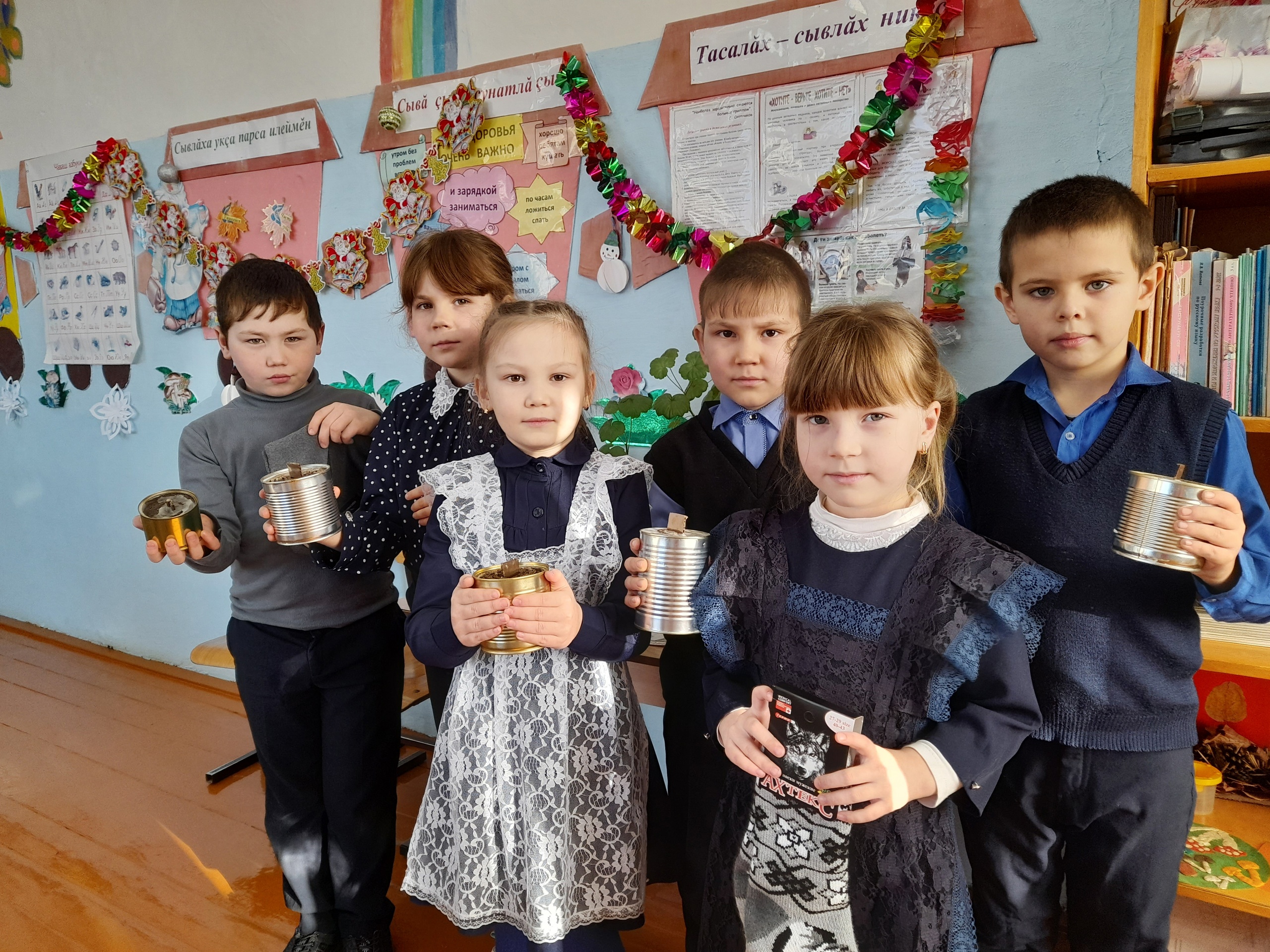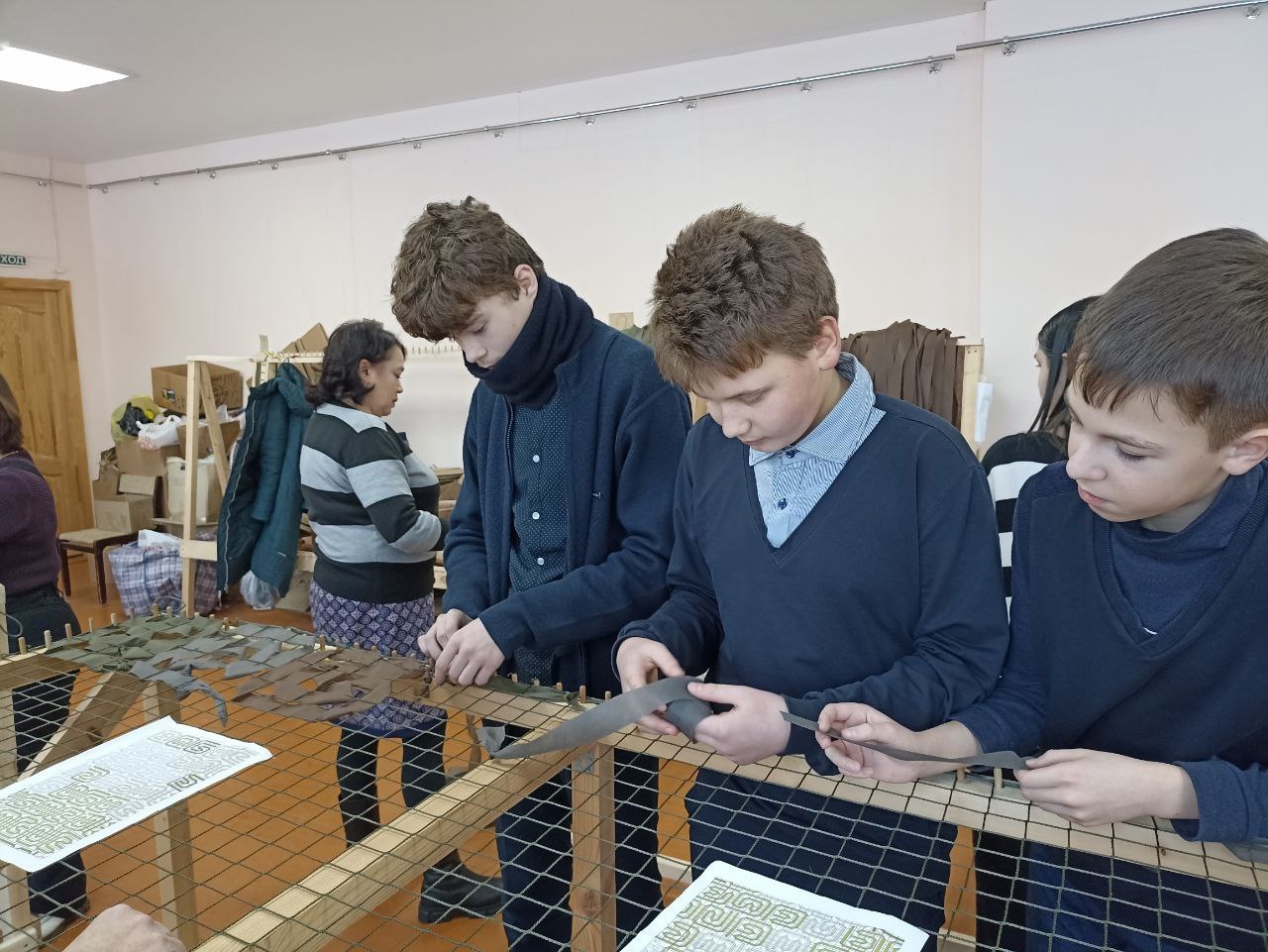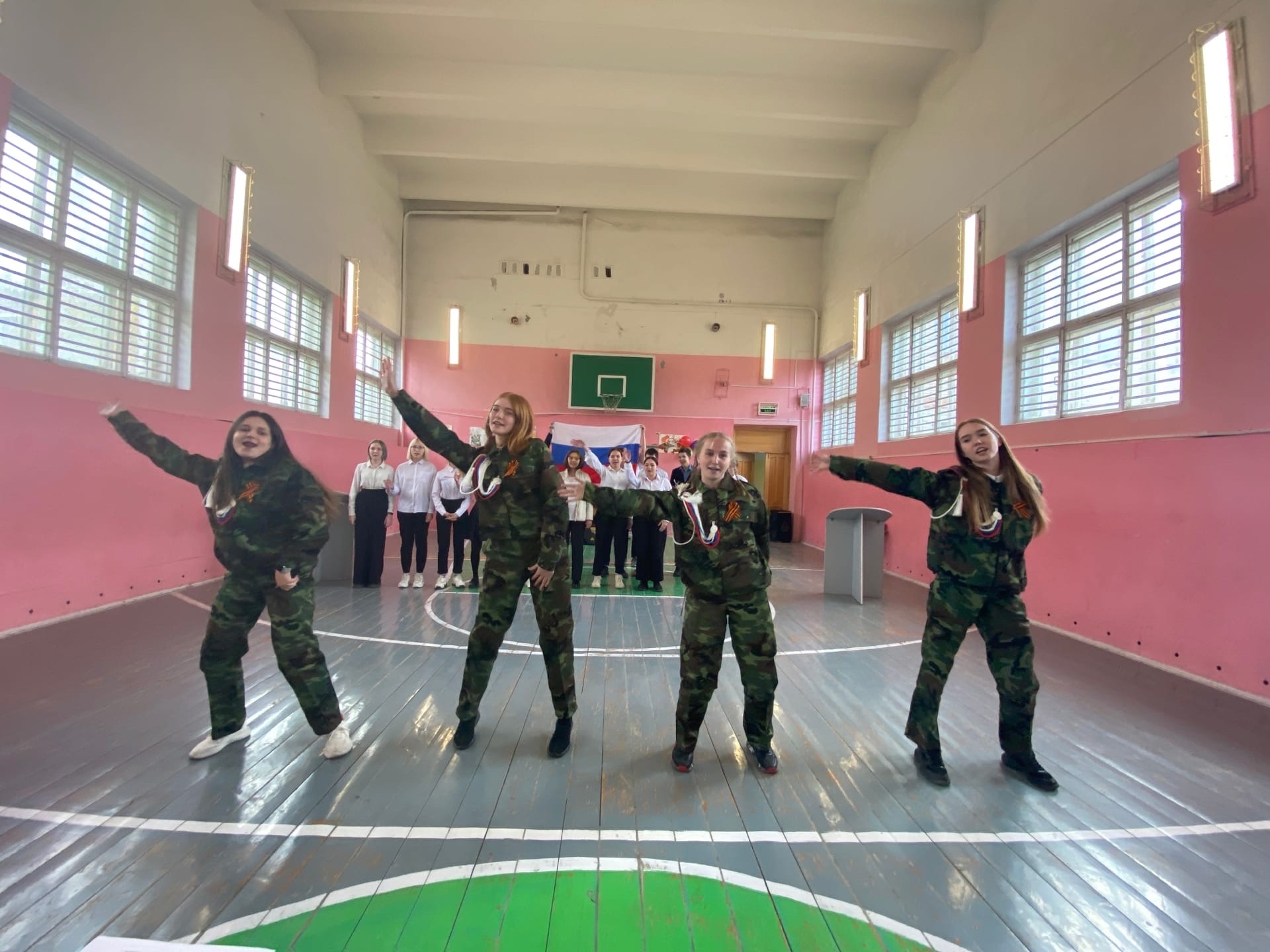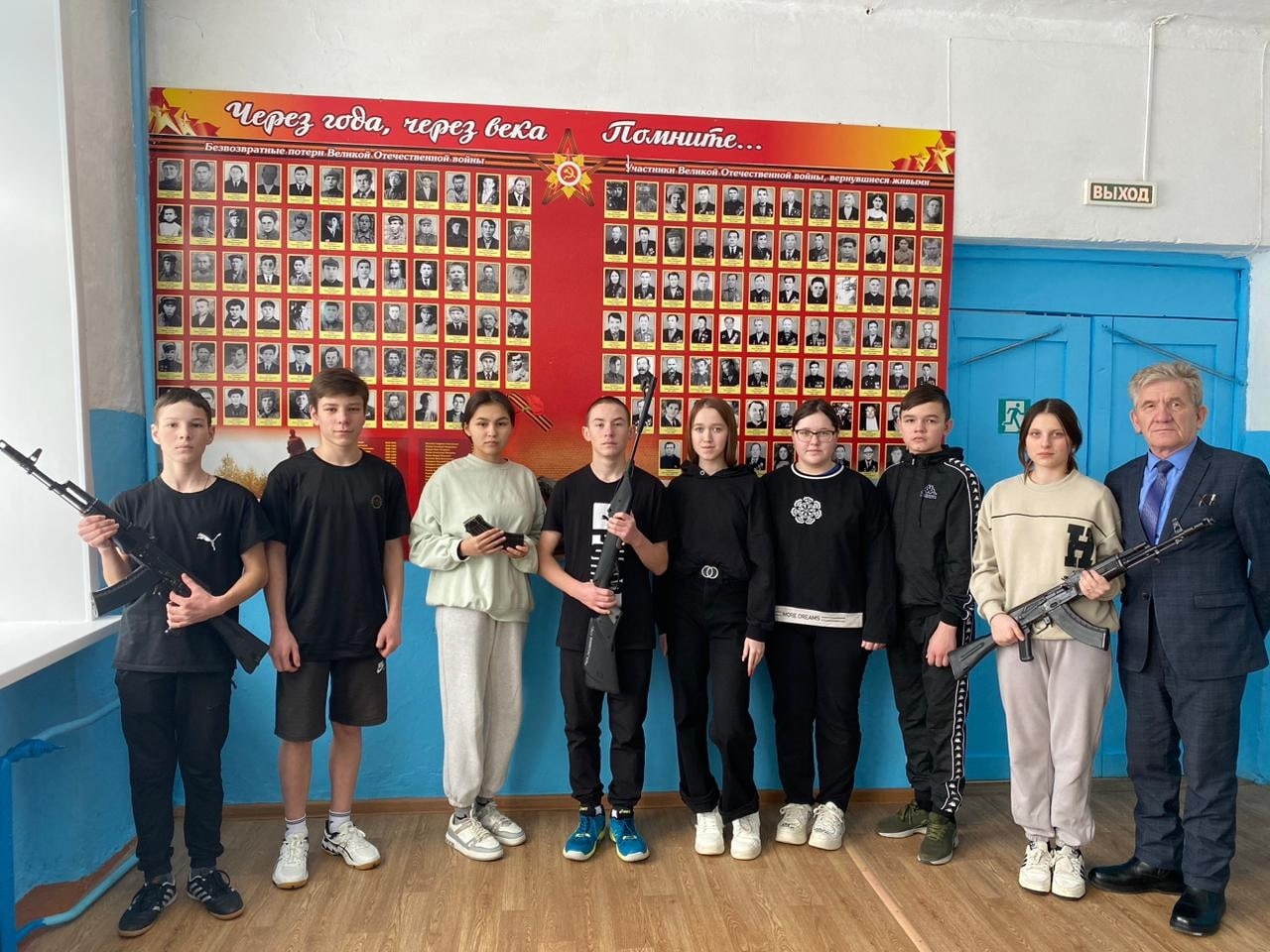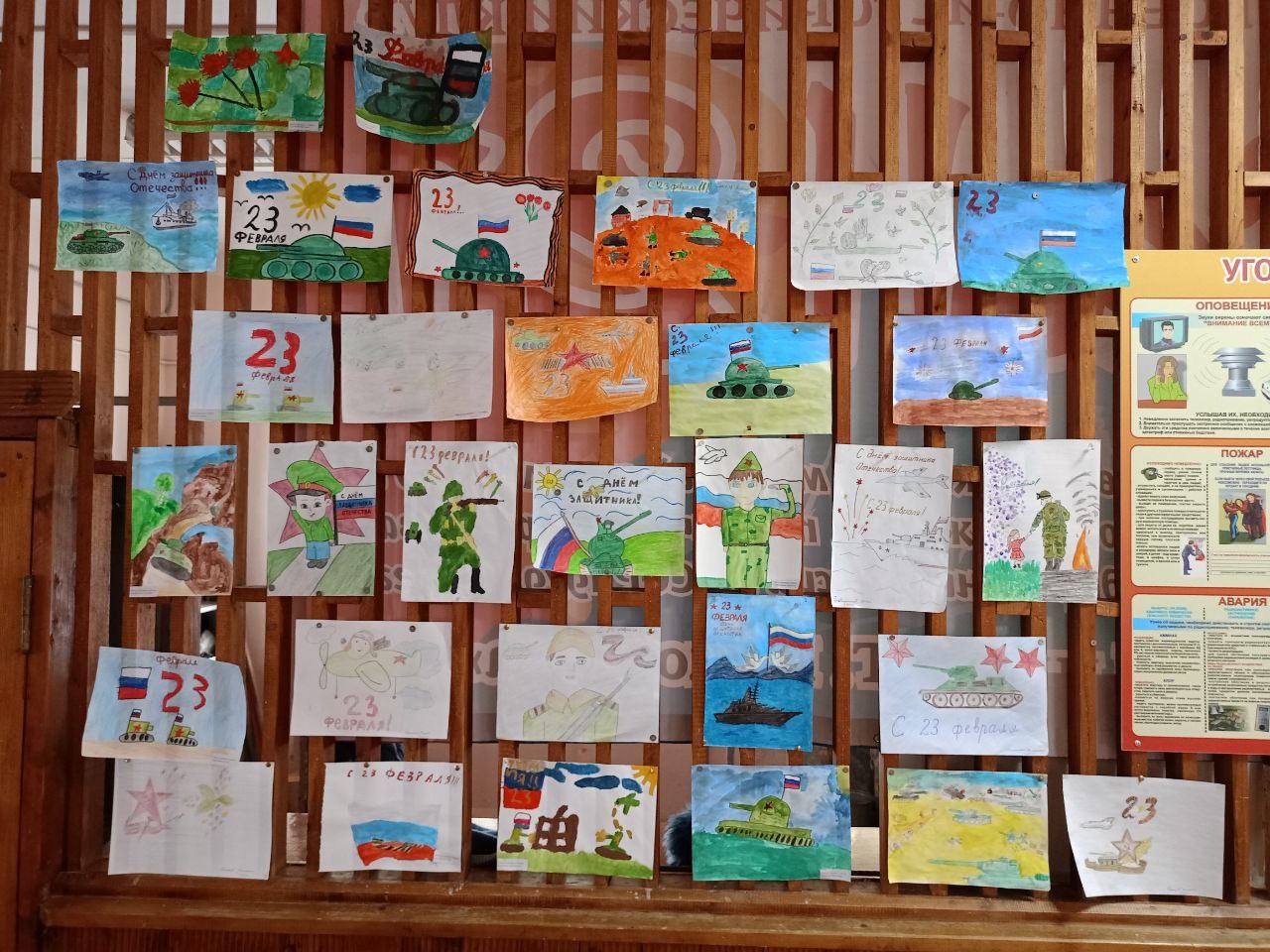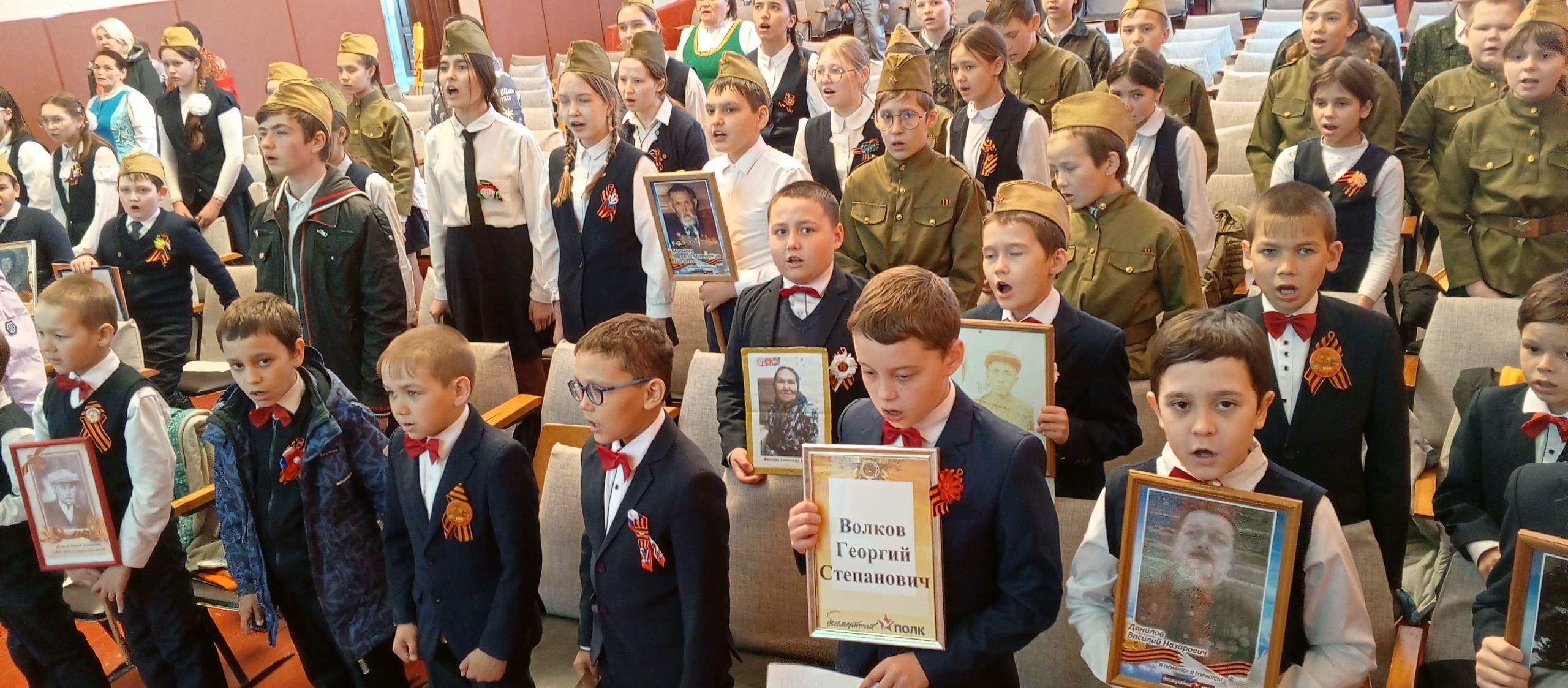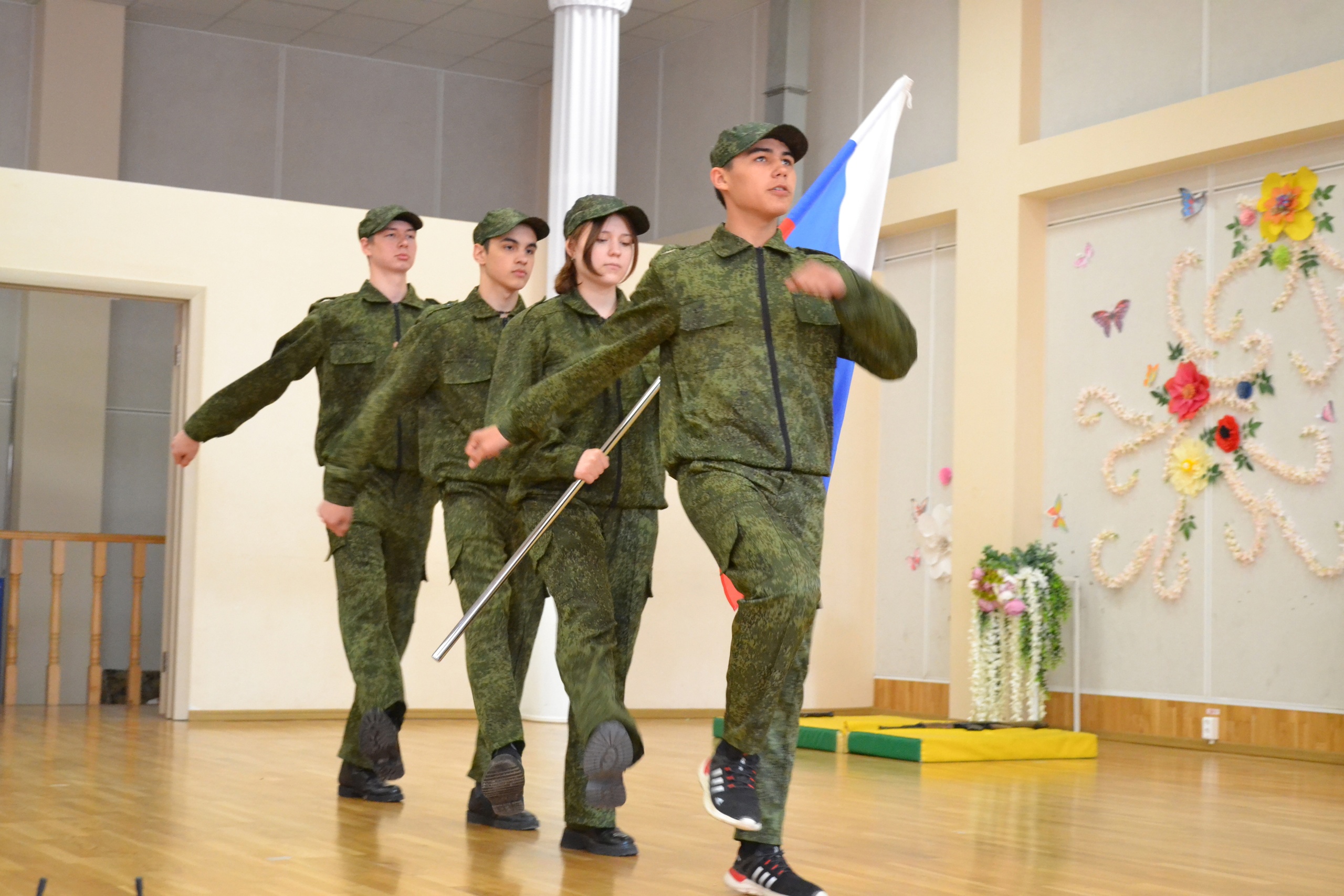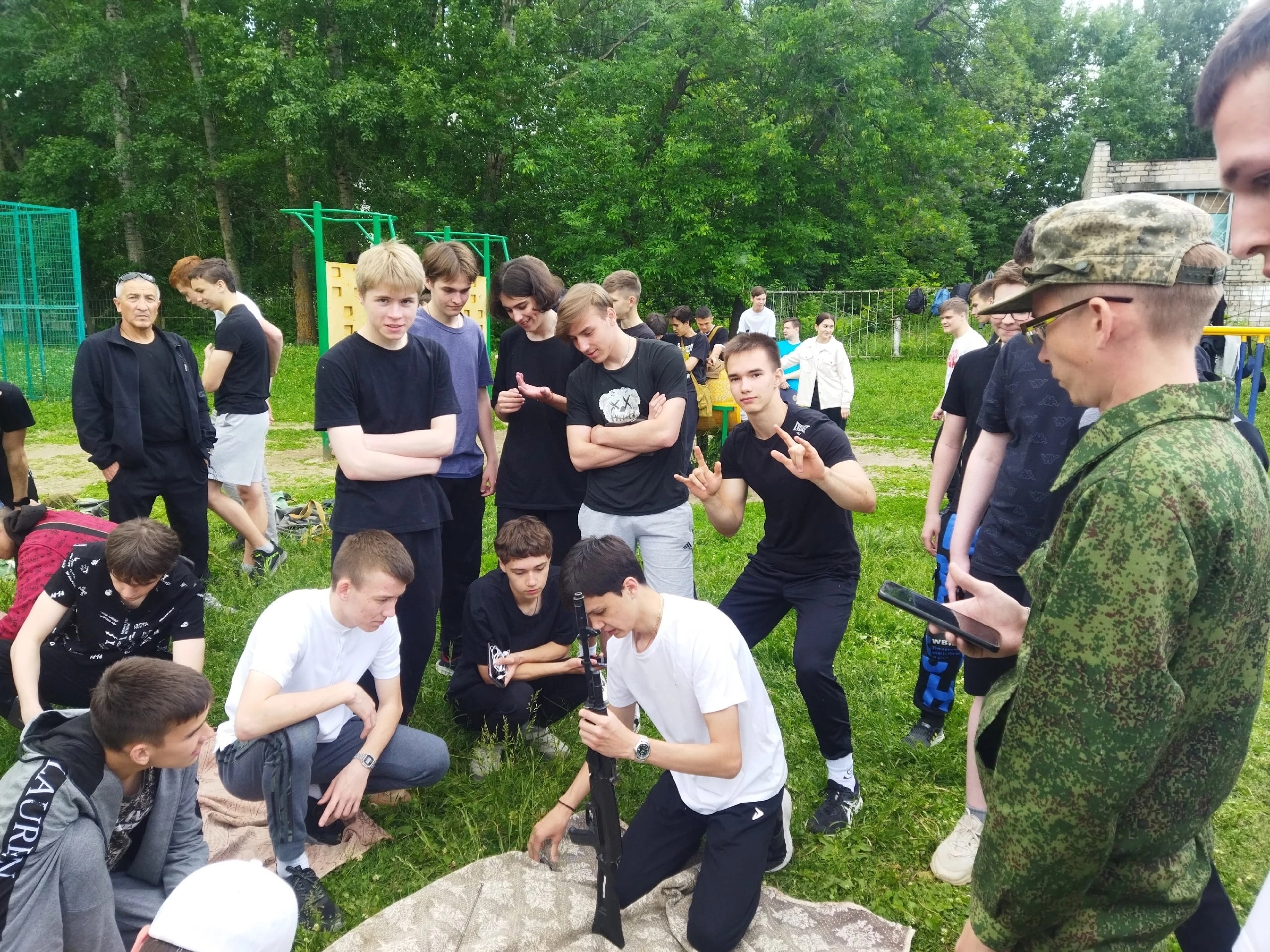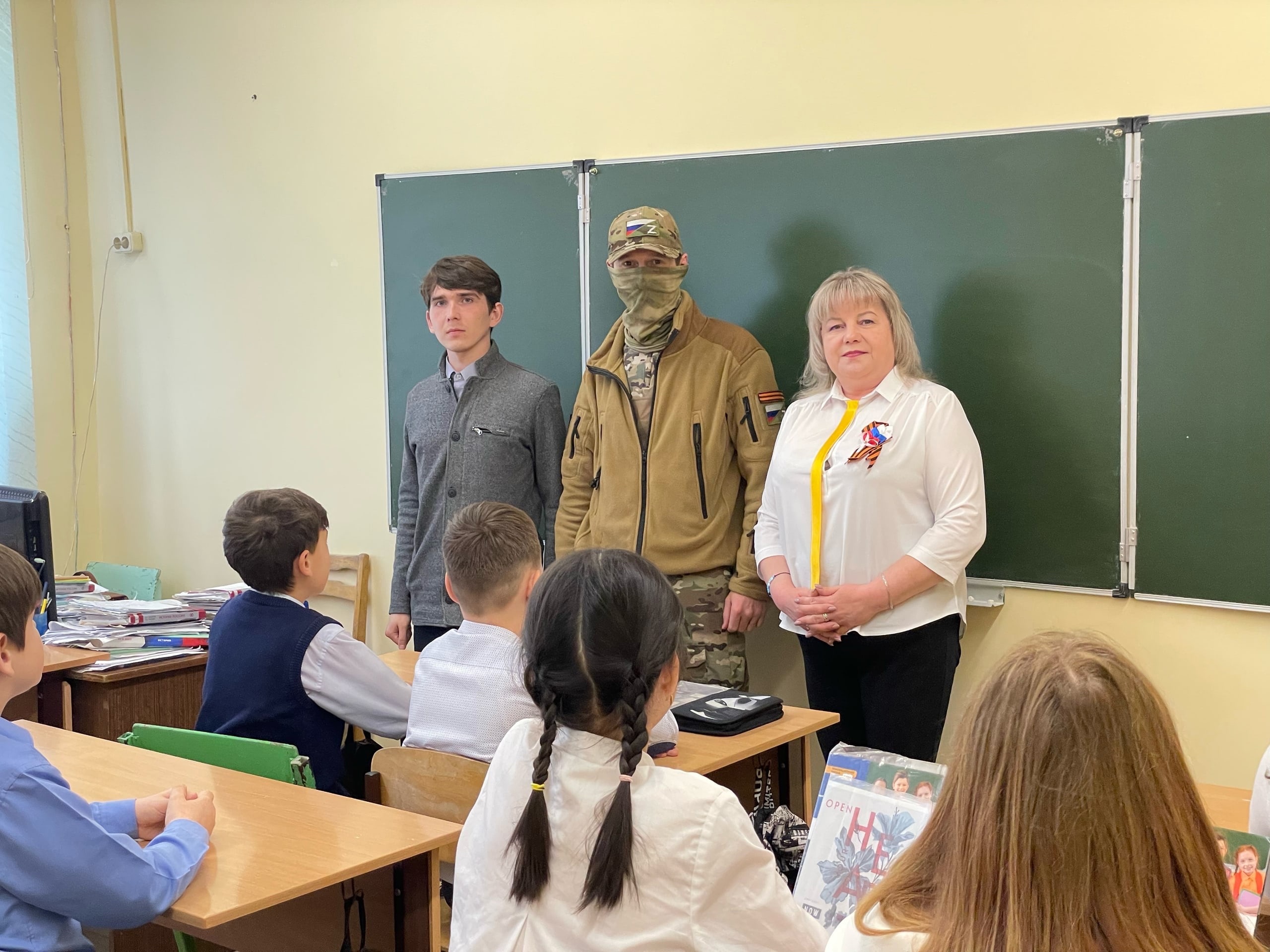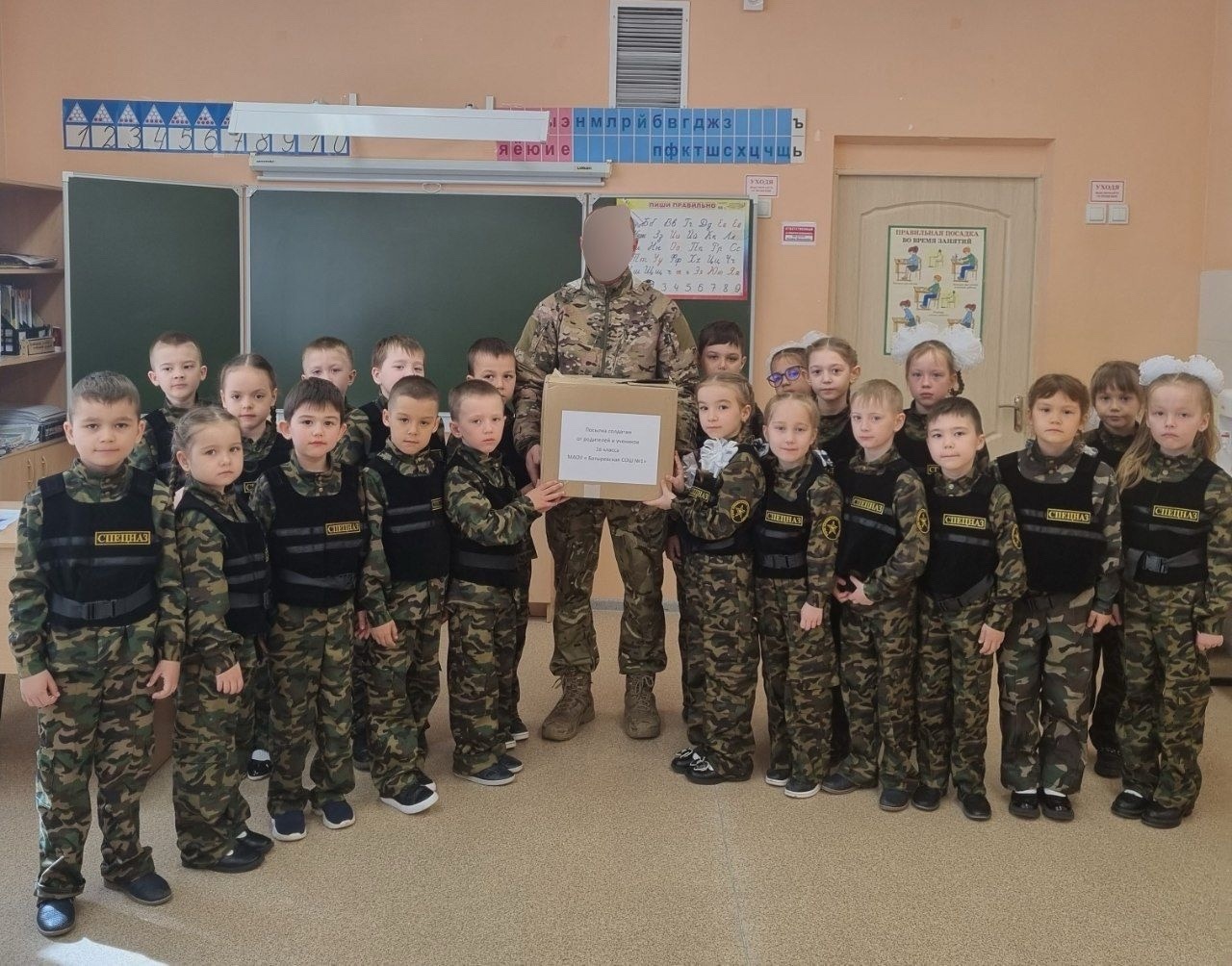Research on Military Propaganda in Schools of Chuvashia
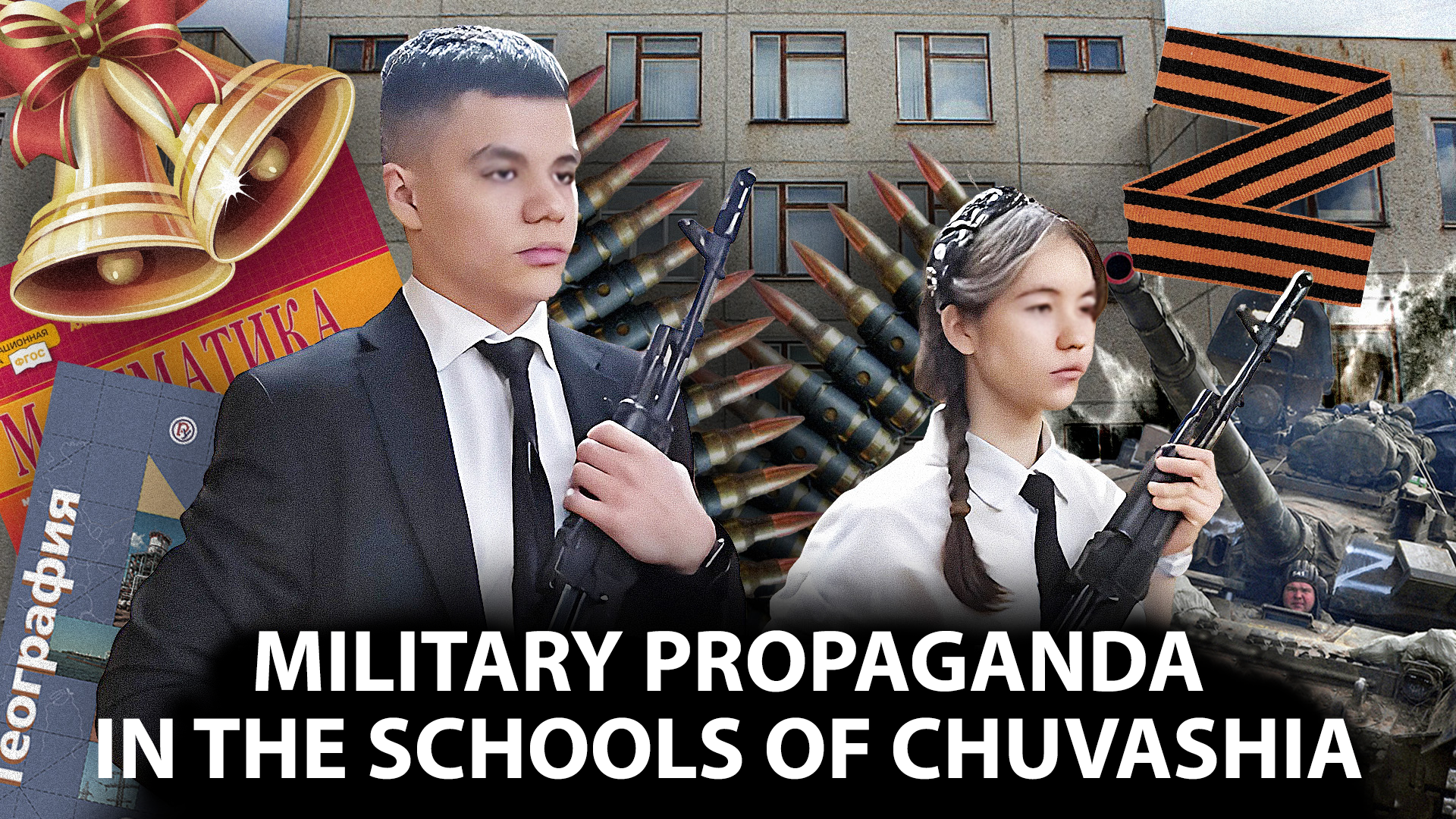
Joint Work of the Projects «Ne Norma» and «Serditaya Chuvashia»
The state does not protect children from war. On the contrary, schools actively involve students in it.
Introduction
Long before February 24, 2022, schools had turned into a megaphone for the ideology of the Russian state, and with the onset of the "Special Military Operation" (SMO), official accounts of educational institutions on social media have published an unacceptable amount of content aimed at supporting military actions and shaping corresponding views among students.
This material demonstrates the extent of military propaganda in the social media of schools in the Chuvash Republic and highlights the activities conducted in support of the war and aimed at developing combat skills among children.
Currently, there are 382 educational institutions of primary and general education in Chuvashia. According to a report from the Ministry of Education of the Chuvash Republic, in October 2021, there were 410 schools operating in the region. This means that over the past three years, their number has decreased by 28, or 7%.
All 382 schools have pages on "VKontakte," confirmed as "State Organization" through the State Services portal. At the time of the full-scale invasion, no more than 260 schools had pages. However, by the end of 2022, all schools in Chuvashia had established pages. Pages for 106 schools appeared between September and December 2022.
We collected all posts from all school pages starting from February 24, 2022, to May 31, 2024. We obtained 407,054 posts from 382 groups on "VKontakte." Using regular expressions and keywords, we identified posts of a militaristic nature. In particular, mentions of military-patriotic events, congratulations on military holidays, meetings with military personnel, training in combat skills, and more. We systematized them and counted them. Here’s what we found.
1. How Much War is in Schools?
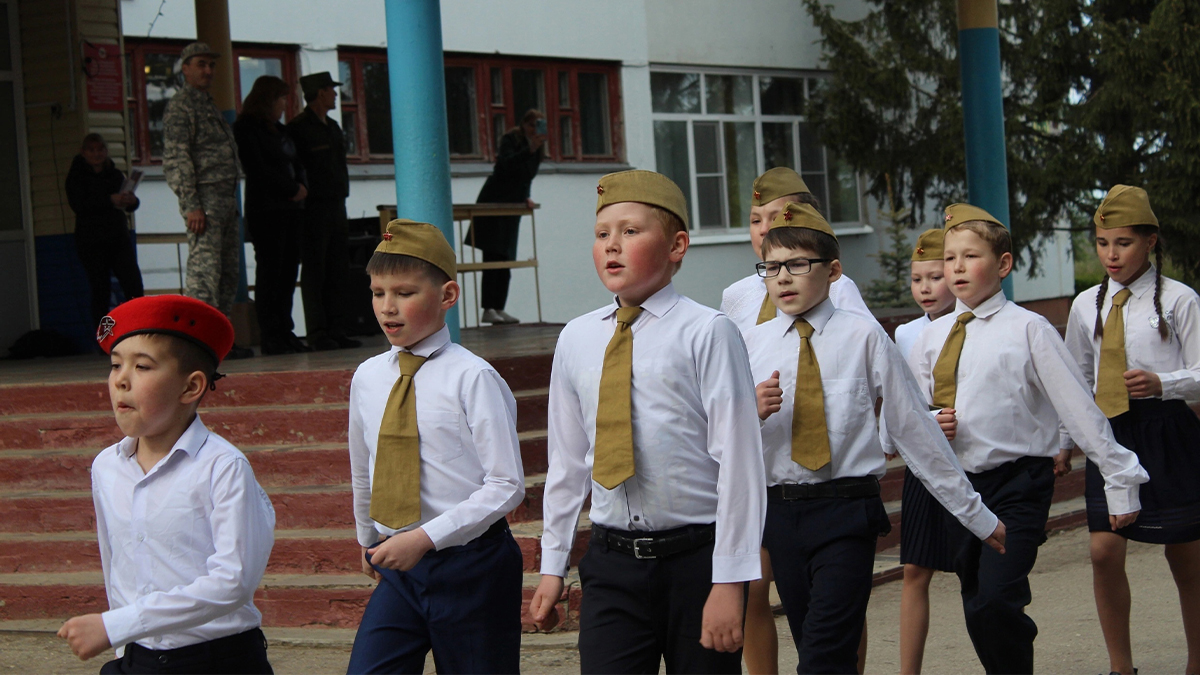
Militaristic indoctrination constitutes a significant portion of all school publications. Over two and a half academic years, at least 66,252 posts on military topics have been published on the pages of schools in Chuvashia. This amounts to almost 15% of all publications, or one in every 6-7 posts. Among them, at least 8,495 were dedicated to the war in Ukraine (or the "SMO," as the Russian authorities call the invasion).
The word "war" is mentioned in 29,655 posts — an average of one in every 14 school publications. All 100% of schools wrote about the war, as well as about "patriotism" — 21,549 posts and about "Motherland" — 16,853 posts. Topics like "demilitarization and denazification of Ukraine" or "neo-Nazis and neo-fascists" were mentioned at least once by 122 schools, or nearly a third of all schools.
The so-called "Conversations about Important Topics" accounted for more than 18,794 posts. All 382 schools wrote about these topics, as well as about "Lessons of Courage" — 4,845 posts.
2. What War Exists in Schools
The largest number of publications in schools of Chuvashia is dedicated to the events of the Great Patriotic War — 34,265 posts, or an average of one in every 12 school posts. Among them, 10,278 posts commemorated Victory Day.
Another 13,549 posts were dedicated to various other militaristic "Days." We counted 27 such "Days." For example, these include the Day of Heroes of the Fatherland, Day of Remembrance for Victims of Fascism, Day of Military Glory, Birthday of Zinaida Kosmodemyanskaya, the Day of the Borodino Battle, and so on.
In addition, since February 24, 2022, at least 21,210 posts have been published in Chuvash schools dedicated to events of another militaristic nature. We identified 20 of the most extensive categories among them.
3. How Schools Prepare Children for War
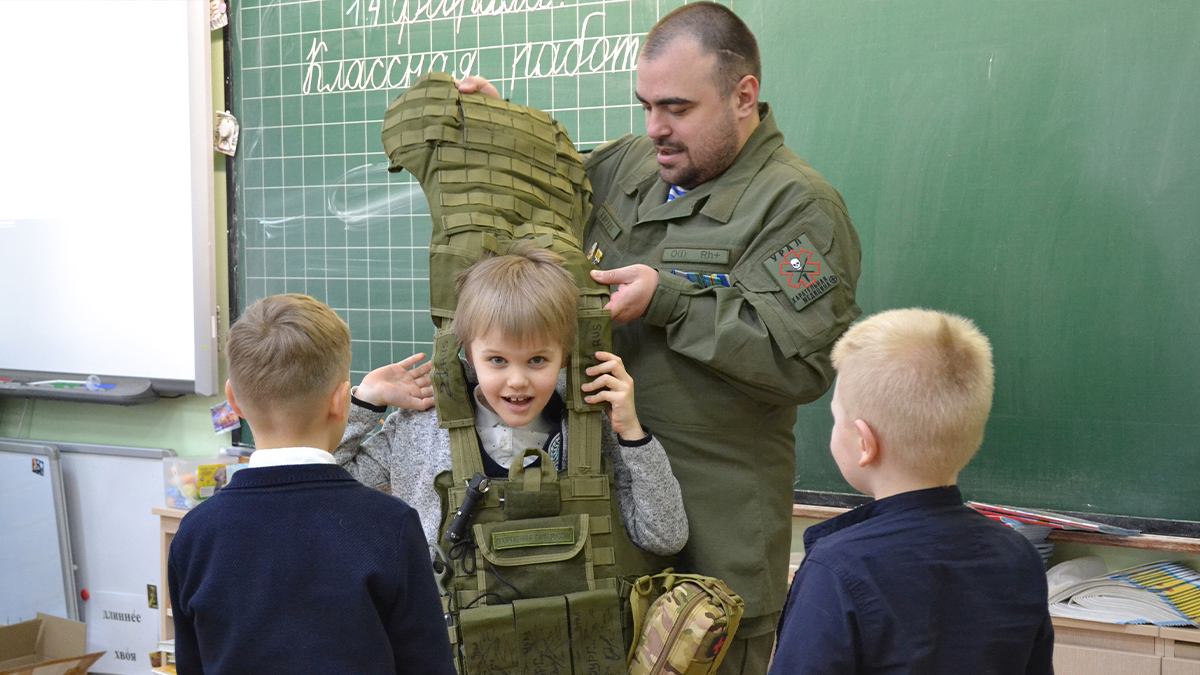
The formation of direct combat skills among children has become an integral part of the educational process. Almost all schools in Chuvashia—379 out of 382—published posts about such activities on their pages. In total, there are 5,277 posts.
Three hundred seventy-six schools mentioned "Yunarmiya" (the Youth Army) and events organized by this organization in 4,284 posts. "The Movement of the First" was referenced by 372 schools in 2,058 posts.
4. Living and Fallen Soldiers in Schools
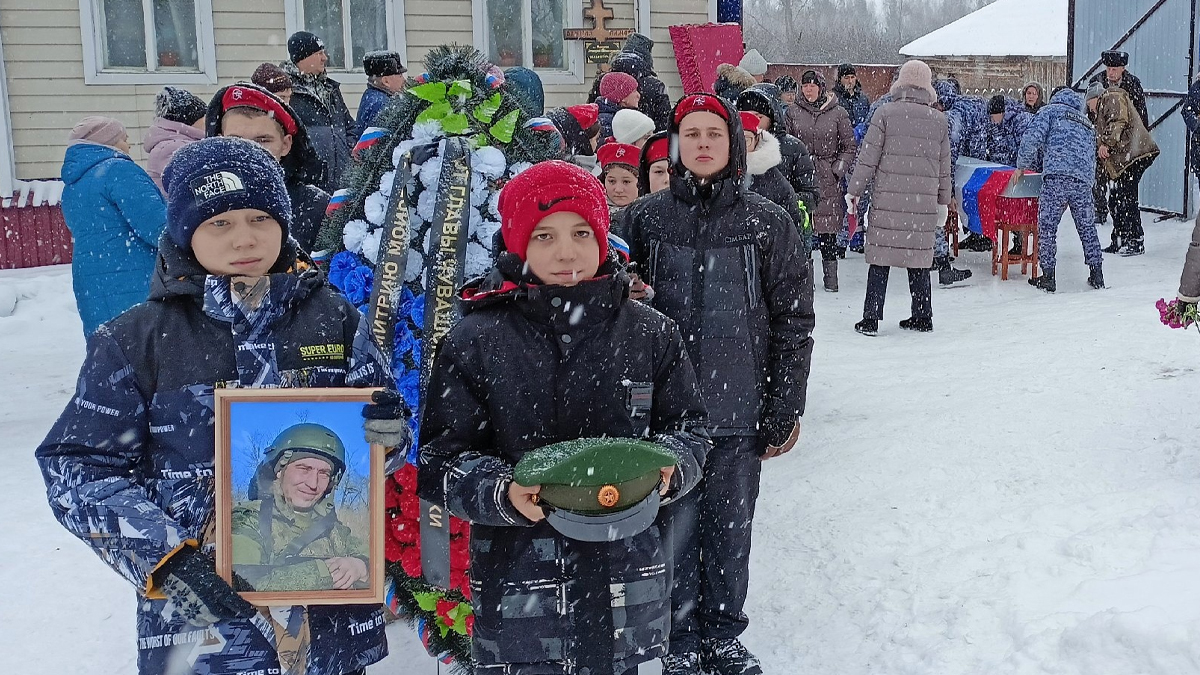
A common form of militaristic activities in schools is the unveiling of memorial plaques and desks dedicated to fallen soldiers. Such ceremonies have taken place in at least 174 schools. There were 116 posts about the installation of "Memorial Plaques" and 262 about "Heroes' Desks."
Meetings between children and living participants of the war in Ukraine occurred in at least 302 schools, or 80%. Their visits were mentioned in no fewer than 874 publications.
5. School Social Media as a Platform for Authorities
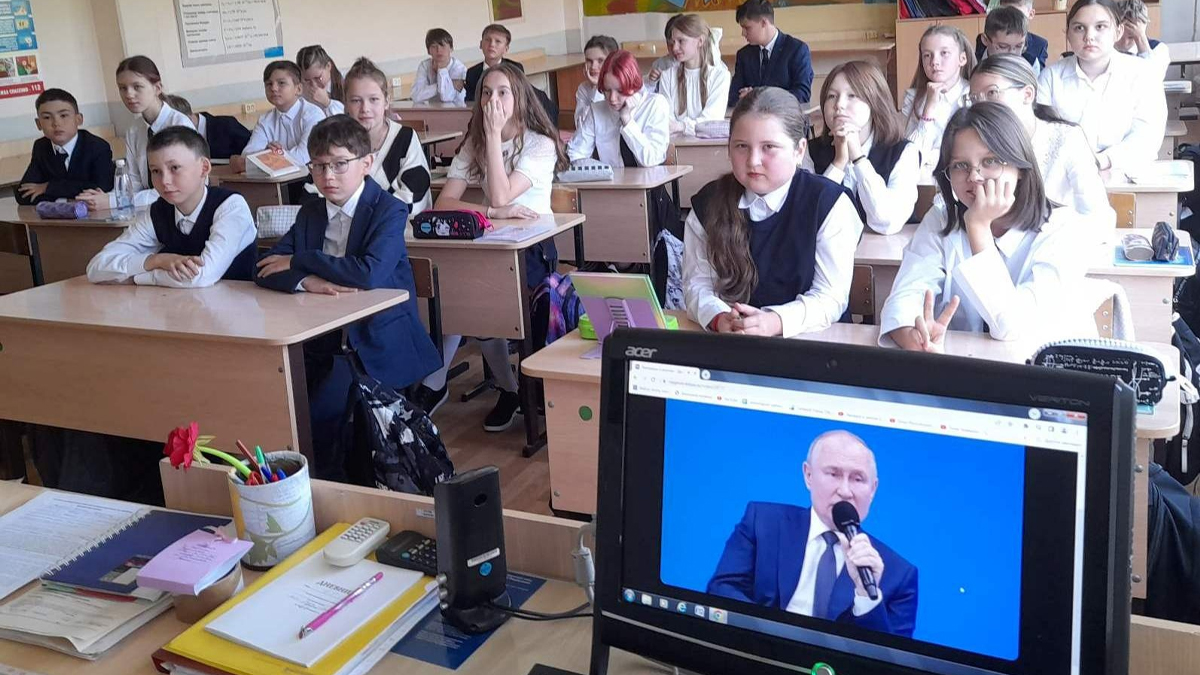
The pages of educational institutions on "VKontakte" often serve as a platform for advertising government projects and conveying the positions of the authorities.
For example, at least 290 schools, or 78%, congratulated Vladimir Putin on his birthday in 2023. Among them, 228 schools published posts with identical content about "Vladimir Putin's Favorite Teacher, Vera Gurevich." In the previous year, there were virtually no congratulations—no more than 10 posts.
Schools also actively promote the so-called educational profile "Sferum" on VK Messenger. An identical promotional post was published by 338 schools, or 89%.
In the lead-up to the elections, 326 schools, or 87%, published identical promotional posts about electronic voting. These posts describe how a "Chuvash resident, Maxim Chernov, decided to exercise his right using an alternative method of voting."
Political preference in schools is clearly on the side of "United Russia." This party was mentioned in 690 publications by 250 schools. In contrast, "Fair Russia" was mentioned only 12 times in 8 schools, the Communist Party of the Russian Federation (CPRF) in 5 publications across 5 schools, and "New People" and the Liberal Democratic Party of Russia (LDPR) had minimal mentions, with 2-3 posts.
We also counted reposts from other public pages made by schools on their own pages, totaling 78,623.
6. National Identity in Schools
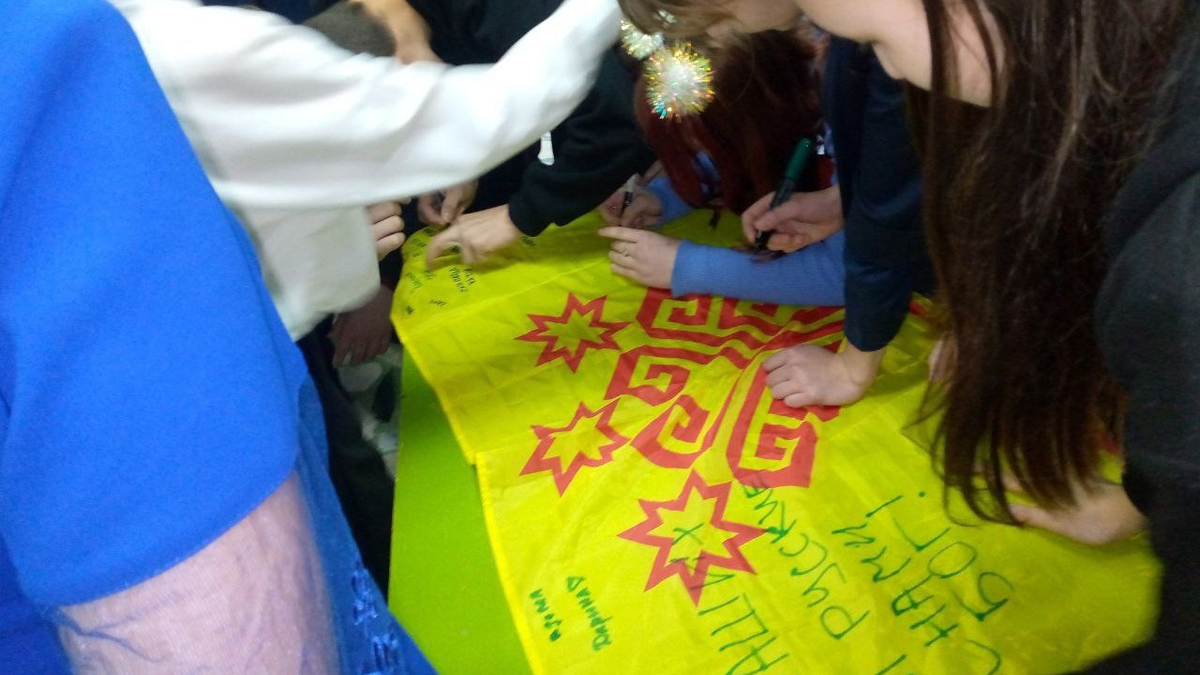
In the overwhelming majority of cases, pages are maintained in Russian. Only 7 schools use the Chuvash language alongside it in their public descriptions. However, one school, the Srednetatmyshskaya Secondary School, has its description solely in Chuvash.
Almost all schools — at least 370 — used the Chuvash language in their publications. There are no fewer than 6,795 posts that include the Chuvash language.
The Chuvash language is often used when writing about the Day of the Chuvash Language, with at least 1,020 publications from 286 schools. At least 360 schools dedicated 2,150 posts to the educator Ivan Yakovlev, where the Chuvash language is also frequently used.
There were at least 702 posts about the so-called flash mob "Chuvash Defenders," where children were invited to "draw a defender of the Motherland," involving 178 schools.
In the regional project highlighting teachers from Chuvashia who participated in the Great Patriotic War (WWII), at least 83 schools contributed a total of 4,398 posts.
Significant attention was given to the local military-historical event of the construction of the Sursky and Kazan defensive lines during WWII. There were 2,680 posts on this topic across 376 schools.
Conclusions
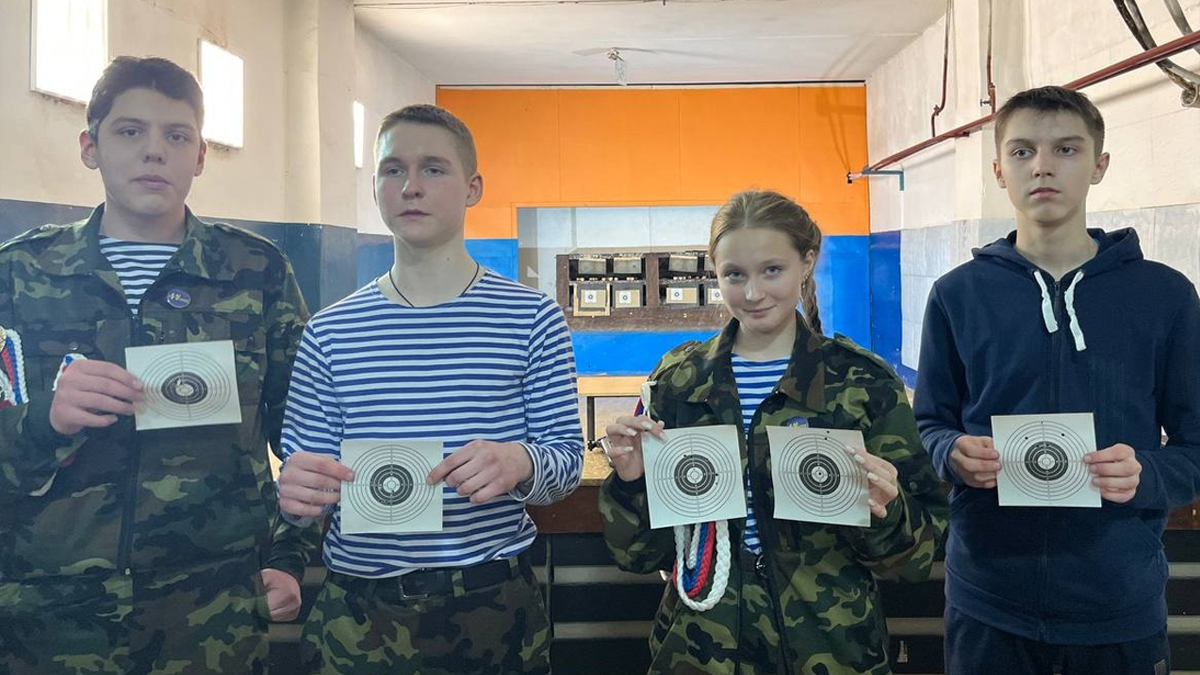
We are convinced that social media serves as a clear projection of what is happening in schools. This is especially true for extracurricular activities and the general narrative instilled in students. It is easy to notice that even ordinary school activities, such as drawing, writing, charity work, making crafts, and celebrating holidays—including national ones—are actively taking on a militaristic character.
The overwhelming majority of the figures presented in this material are minimal estimates. Some schools made errors in their publications; for example, they wrote "медецинская" instead of "медицинская," or "дрон рестлинг" instead of "дрон рейсинг." Therefore, some posts may not have made it into our sample.
Despite this, it is clear that a significant portion of all school publications — one in every six — has a militaristic nature. We assume that a similar proportion can be applied to the overall educational process. It can be confidently stated that the modern Russian school has become one of the key tools for war propaganda.
It is important to note that the number of militaristic events is increasing year by year. There is also a noticeable shift in focus from activities supporting the war (poems, drawings) to activities directly participating in the war: acquiring combat skills, providing humanitarian aid to soldiers, and creating materials to support combat operations. In particular, the symbols "Z" and "V" were actively used in the first months after the full-scale invasion but saw little increase in the following two academic years. This contrasts with events like weaving camouflage nets, which have seen a growth rate second only to acquiring medical assistance and drone operation skills.
The popularization of the war is also actively conducted through face-to-face meetings with participants in the war against Ukraine. On average, four out of five schools held such events. Meanwhile, meetings with representatives of other professions are virtually absent, with exceptions possibly being traffic police inspectors, emergency responders, and juvenile affairs police.
The highest number of militaristic publications occurs in February (the anniversary of the full-scale invasion) and May (Victory Day). Comparing two complete academic years, the number of militaristic publications in each month of 2023-2024 exceeds the corresponding months of the previous academic year. The exception is January, February, and March 2024, which we associate with the presidential election campaign, during which election propaganda in school social media displaced war propaganda.
War is war, but elections are on schedule.
Support the "Ne Norma" project through the links below and "Serditaya Chuvashia" on Patreon and Boosty.
